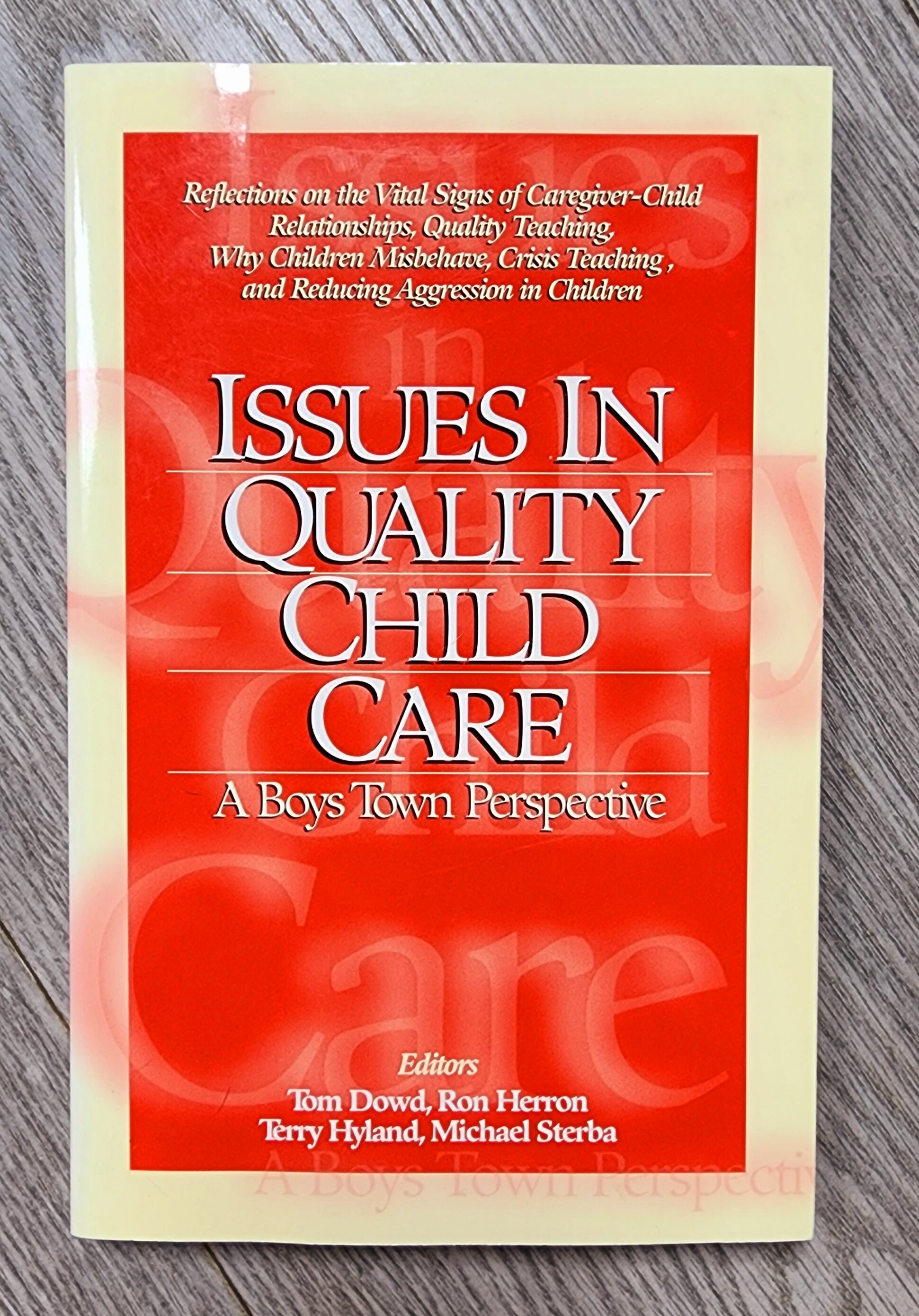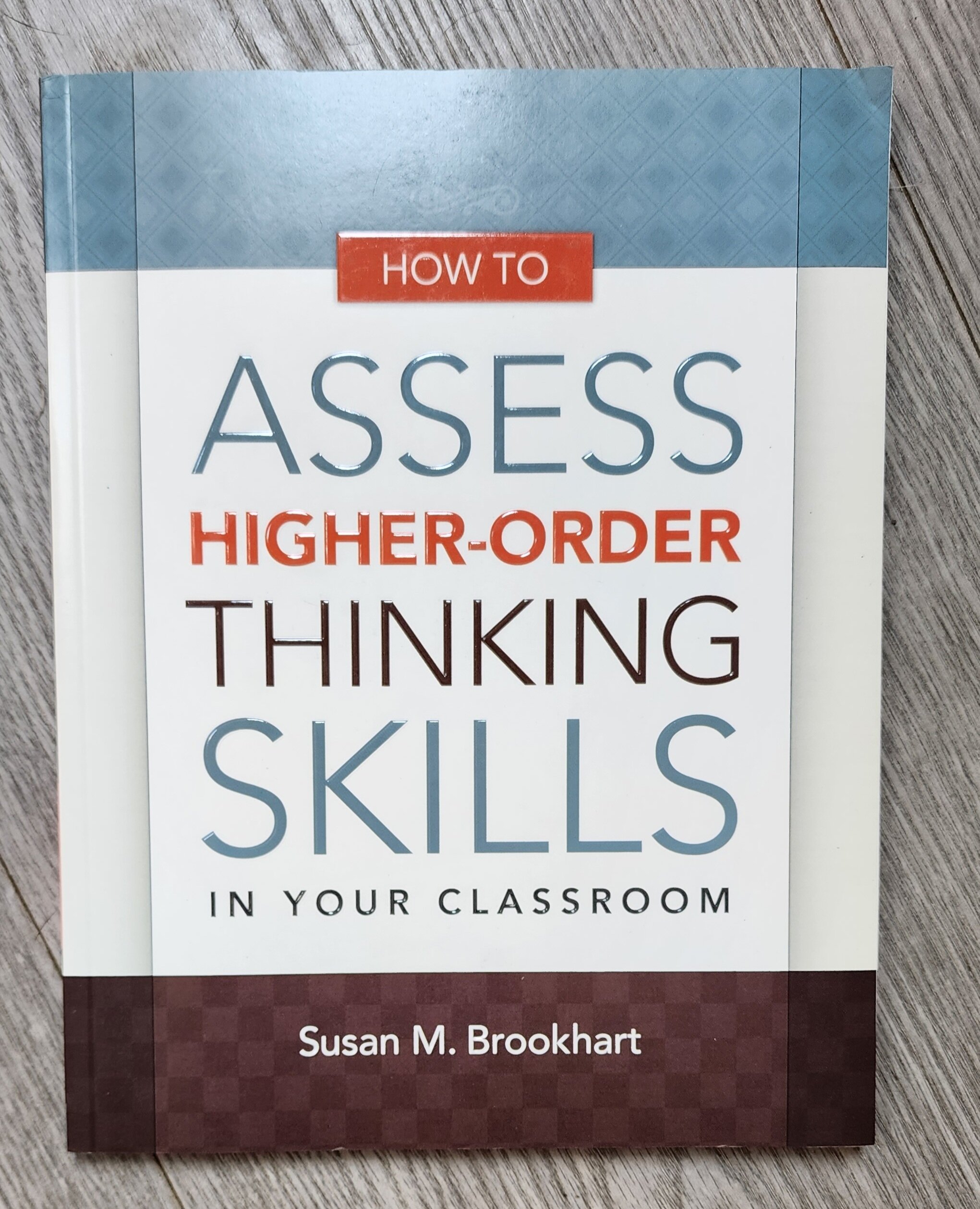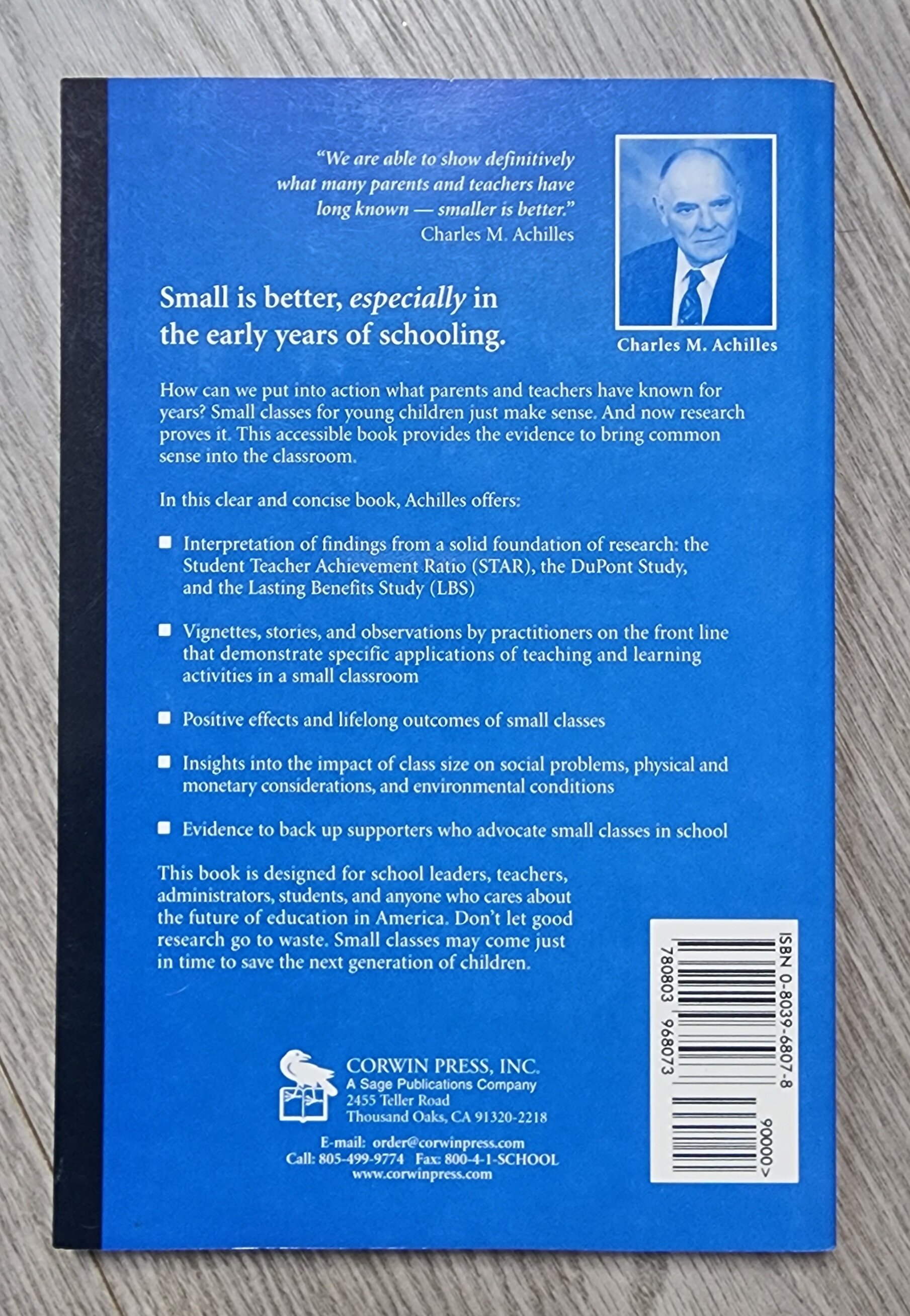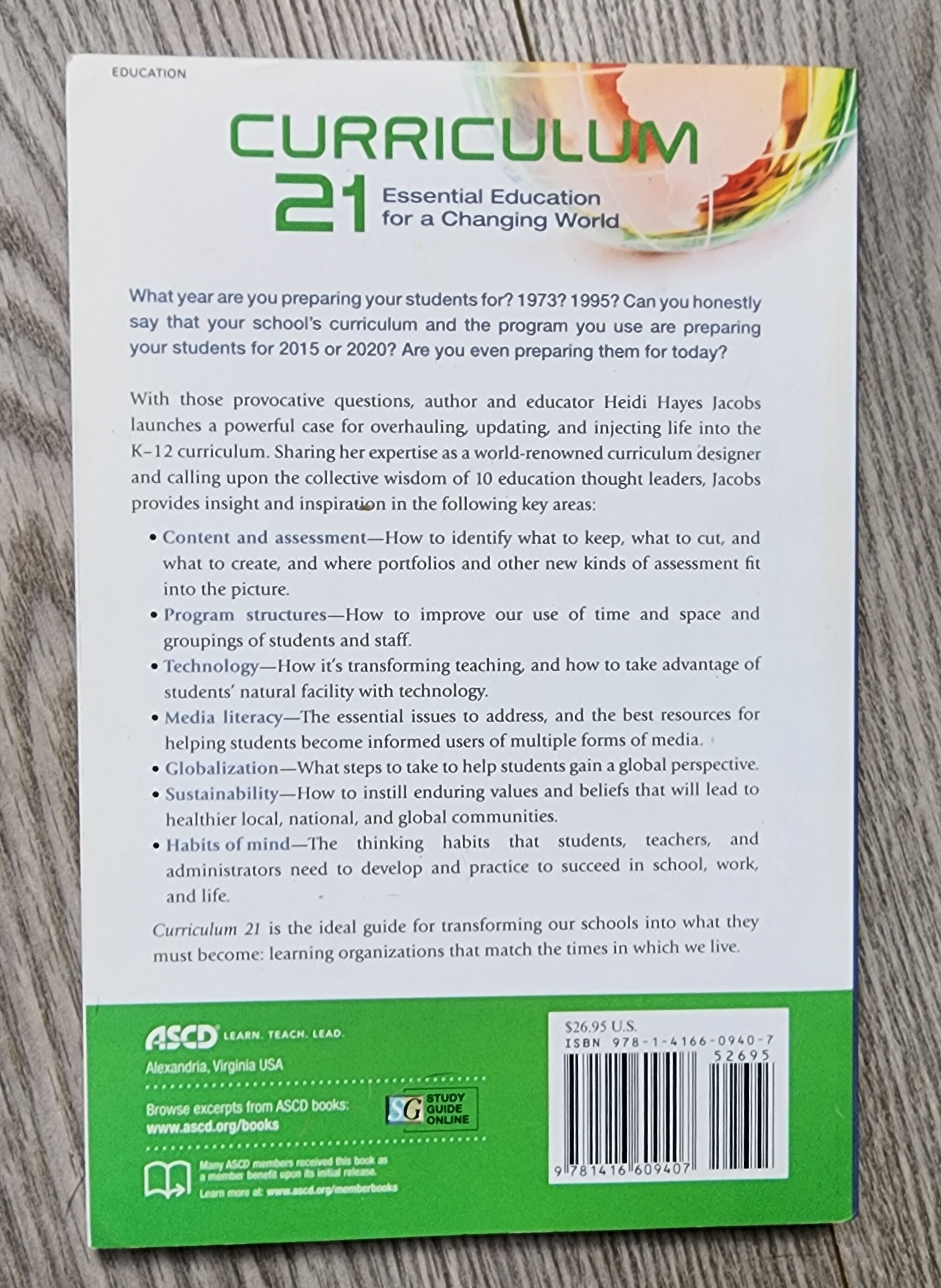 Image 1 of 2
Image 1 of 2

 Image 2 of 2
Image 2 of 2



Issues in Quality Childcare: A Boys Town Perspective
For more than 80 years, Boys Town's mission has been to change the way America cares for its at-risk children. This collection of articles describes how Boys Town carries out its mission via the Boys Town Teaching Model. The essence of the Boys Town teaching model is two-fold: building relationships with children and teaching skills to youth. To describe how these components originated and developed, the first article, "Developmental History of the Boys Town Teaching Model," presents the history and growth of the Model, and introduces humane ways to building and strengthening relationships with children.
These methods are then detailed in the second article, "The Vital Signs of Relationships for Caregivers." The three articles following explain the methods caregivers use in teaching skills to youth: "Quality Teaching" focuses on correcting inappropriate behavior and providing children with positive alternatives; "Why Do Kids Misbehave?" discusses the causes of inappropriate behavior in children; and "Crisis Teaching" explains a process for dealing with more serious misbehavior by teaching children how to maintain self-control in situations where they would otherwise become angry or upset. The book's final article, "Reducing Aggression in Children," addresses this pervasive problem in our society and provides practical strategies that can help young people control their aggressive behavior.
For more than 80 years, Boys Town's mission has been to change the way America cares for its at-risk children. This collection of articles describes how Boys Town carries out its mission via the Boys Town Teaching Model. The essence of the Boys Town teaching model is two-fold: building relationships with children and teaching skills to youth. To describe how these components originated and developed, the first article, "Developmental History of the Boys Town Teaching Model," presents the history and growth of the Model, and introduces humane ways to building and strengthening relationships with children.
These methods are then detailed in the second article, "The Vital Signs of Relationships for Caregivers." The three articles following explain the methods caregivers use in teaching skills to youth: "Quality Teaching" focuses on correcting inappropriate behavior and providing children with positive alternatives; "Why Do Kids Misbehave?" discusses the causes of inappropriate behavior in children; and "Crisis Teaching" explains a process for dealing with more serious misbehavior by teaching children how to maintain self-control in situations where they would otherwise become angry or upset. The book's final article, "Reducing Aggression in Children," addresses this pervasive problem in our society and provides practical strategies that can help young people control their aggressive behavior.
For more than 80 years, Boys Town's mission has been to change the way America cares for its at-risk children. This collection of articles describes how Boys Town carries out its mission via the Boys Town Teaching Model. The essence of the Boys Town teaching model is two-fold: building relationships with children and teaching skills to youth. To describe how these components originated and developed, the first article, "Developmental History of the Boys Town Teaching Model," presents the history and growth of the Model, and introduces humane ways to building and strengthening relationships with children.
These methods are then detailed in the second article, "The Vital Signs of Relationships for Caregivers." The three articles following explain the methods caregivers use in teaching skills to youth: "Quality Teaching" focuses on correcting inappropriate behavior and providing children with positive alternatives; "Why Do Kids Misbehave?" discusses the causes of inappropriate behavior in children; and "Crisis Teaching" explains a process for dealing with more serious misbehavior by teaching children how to maintain self-control in situations where they would otherwise become angry or upset. The book's final article, "Reducing Aggression in Children," addresses this pervasive problem in our society and provides practical strategies that can help young people control their aggressive behavior.
Used—Very good condition














